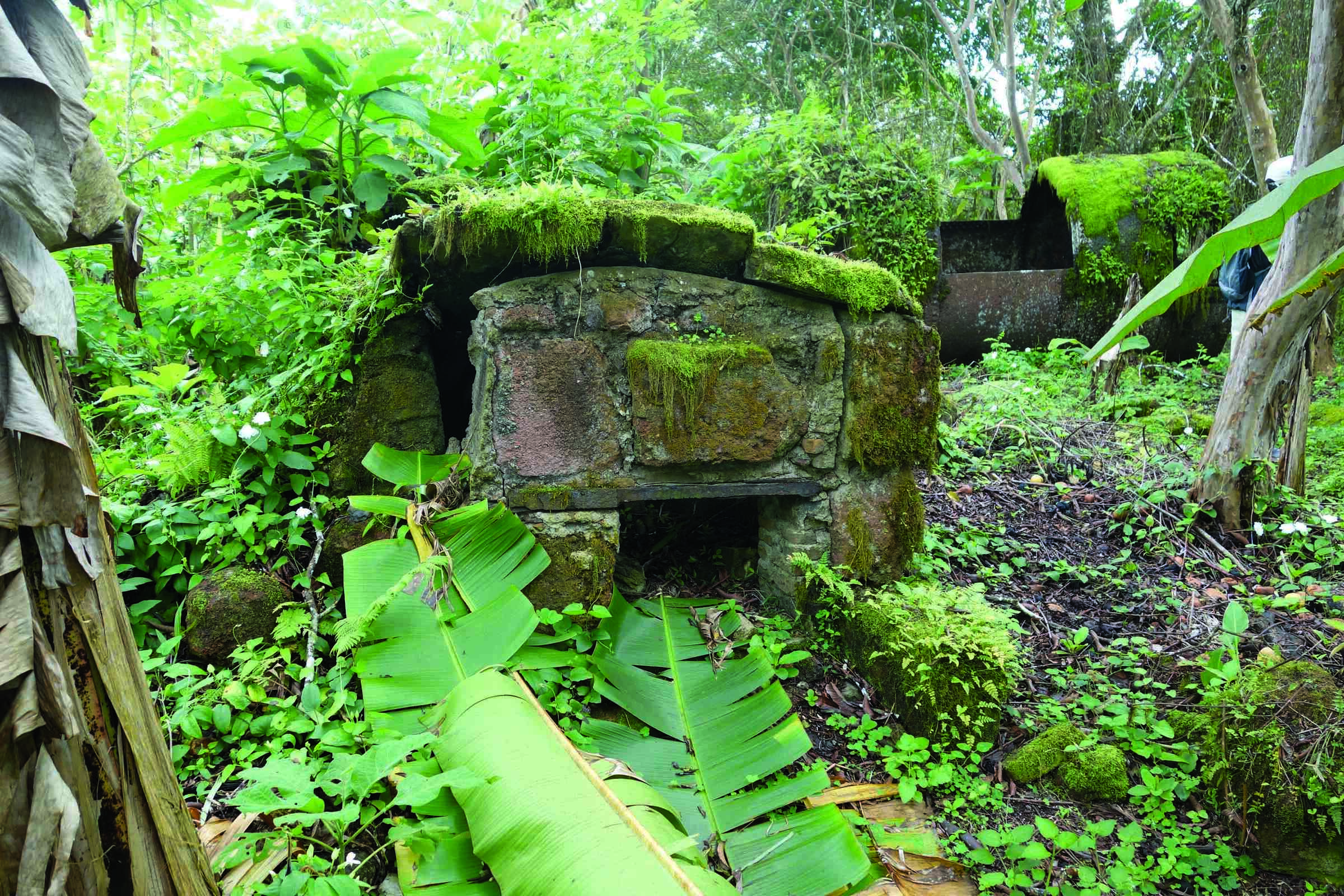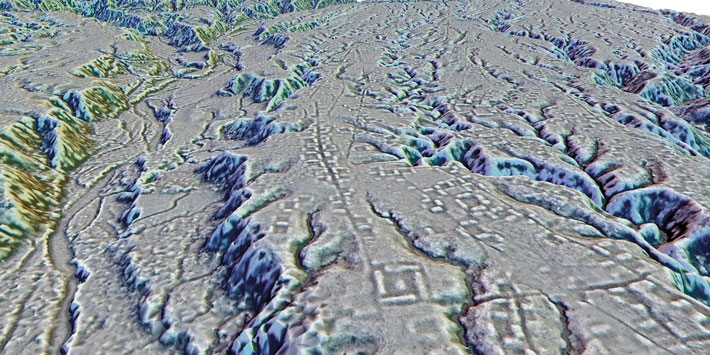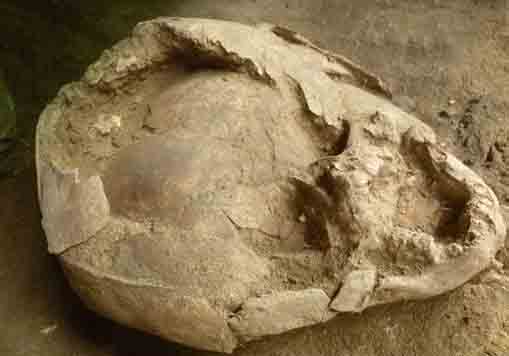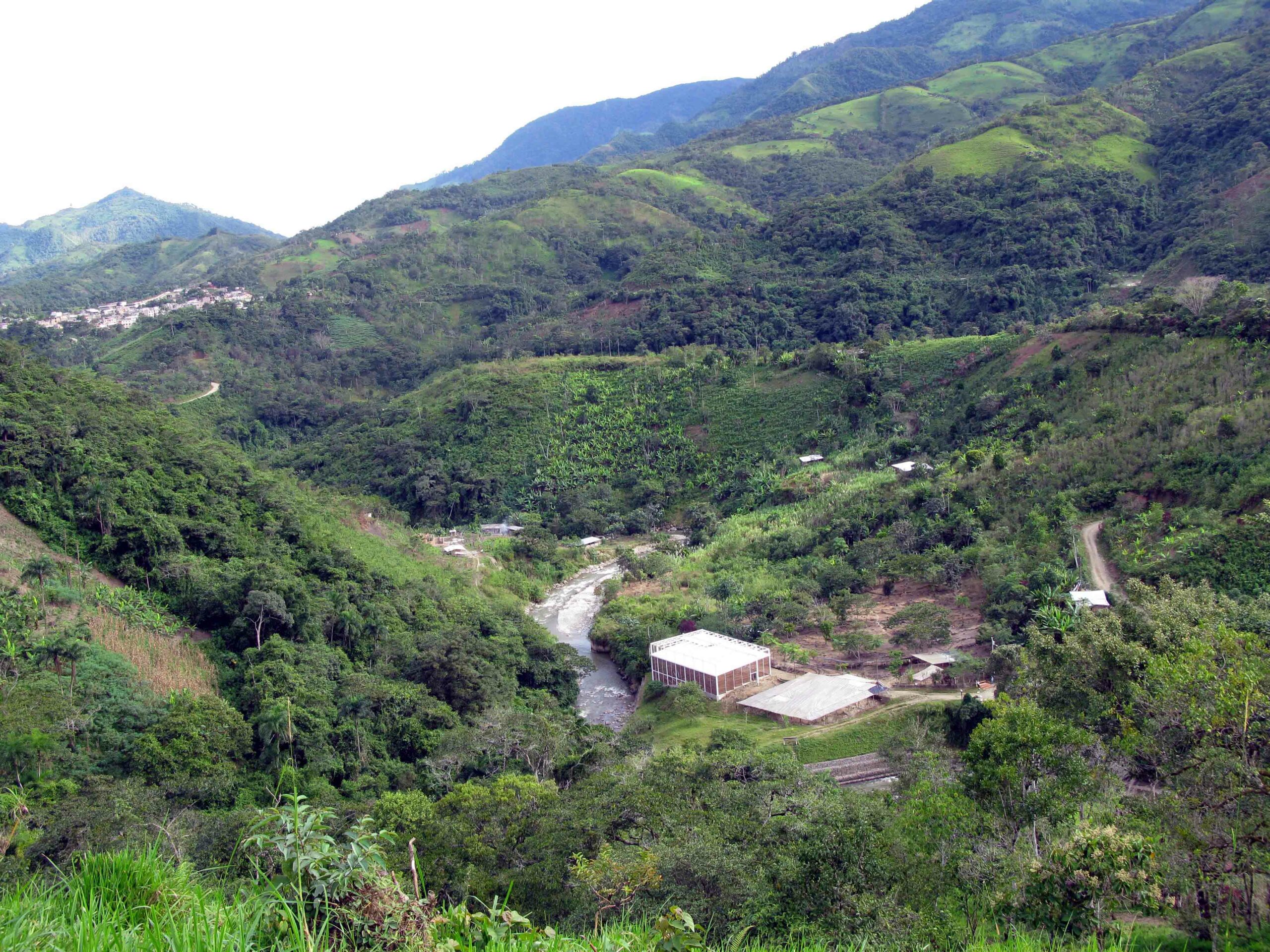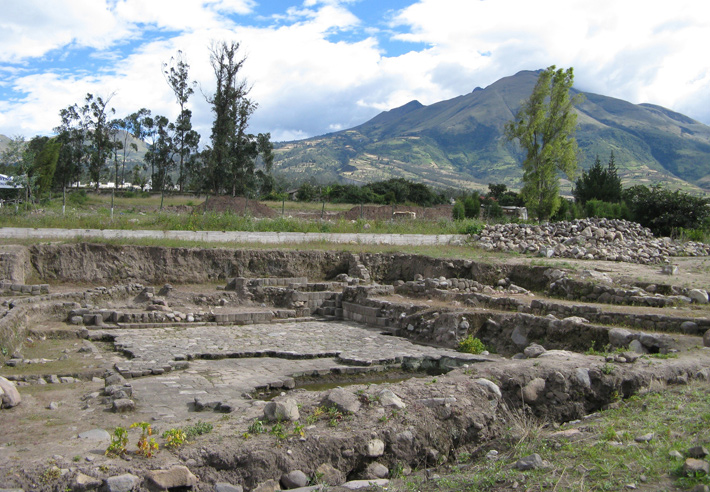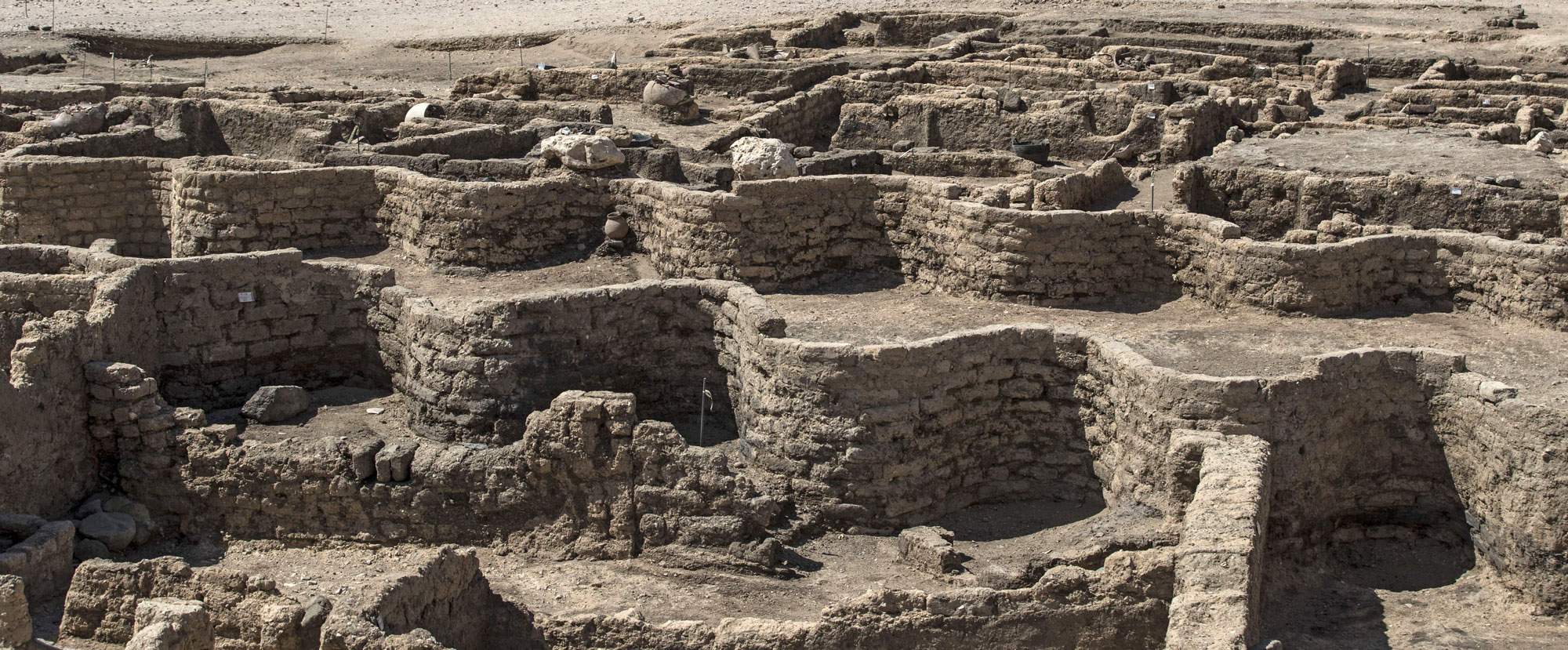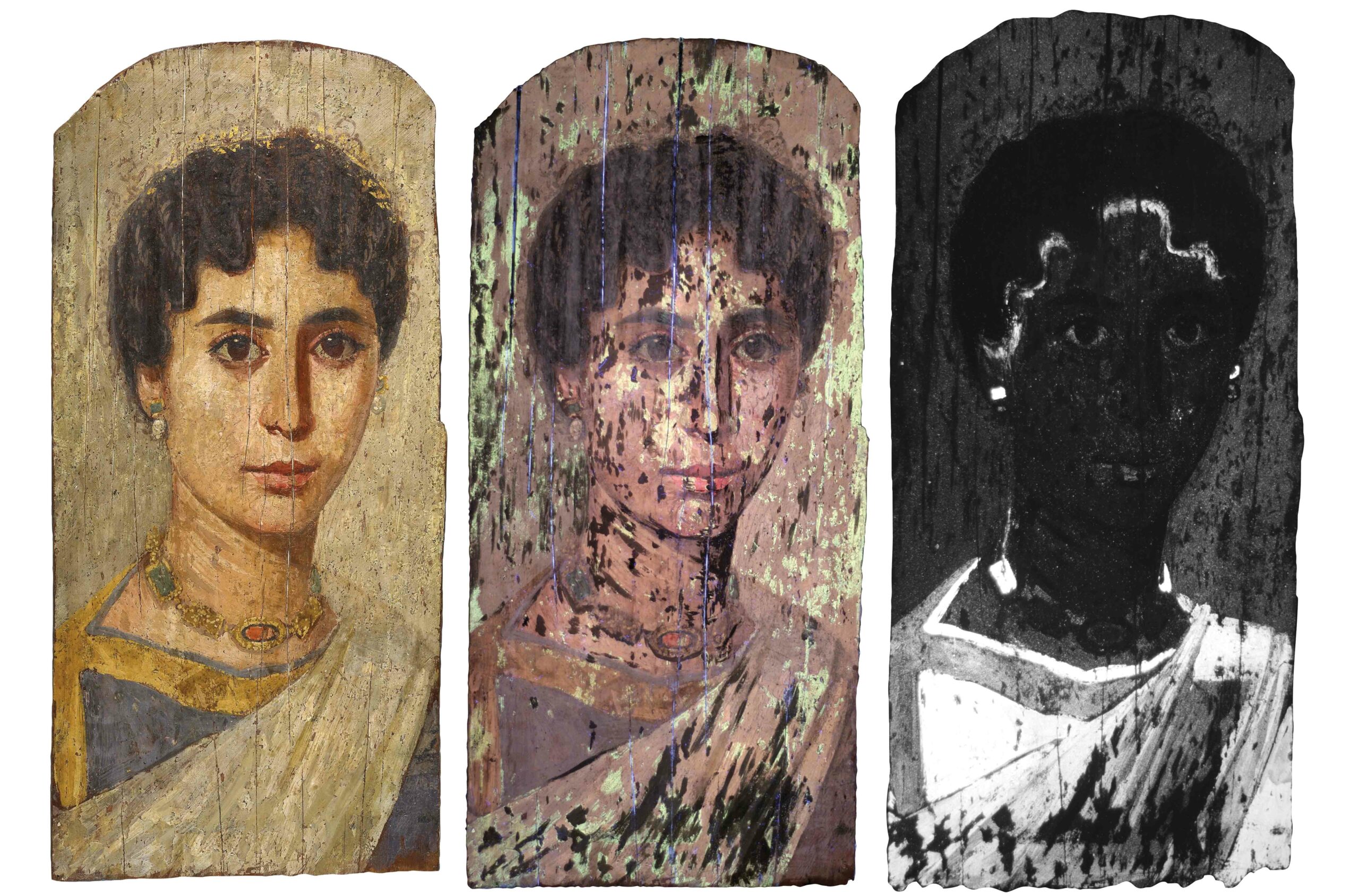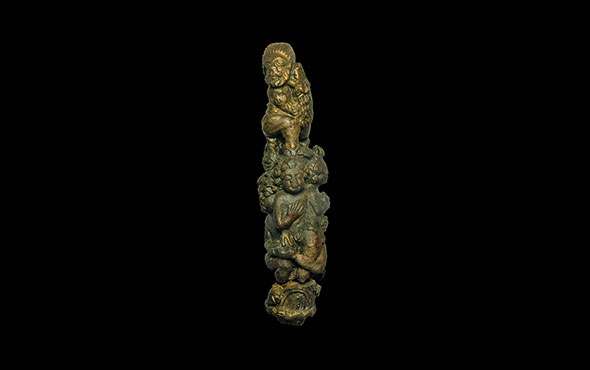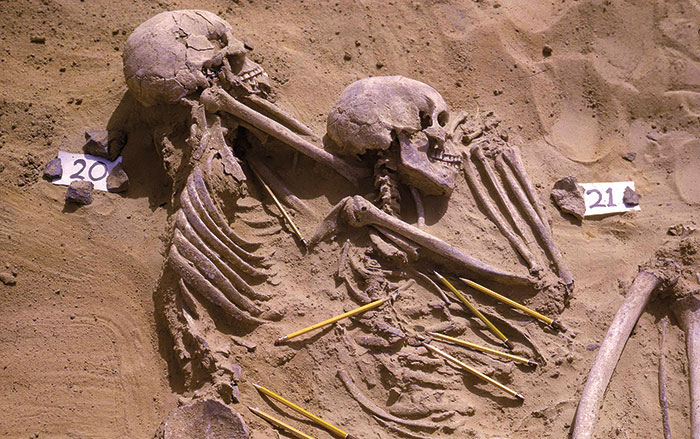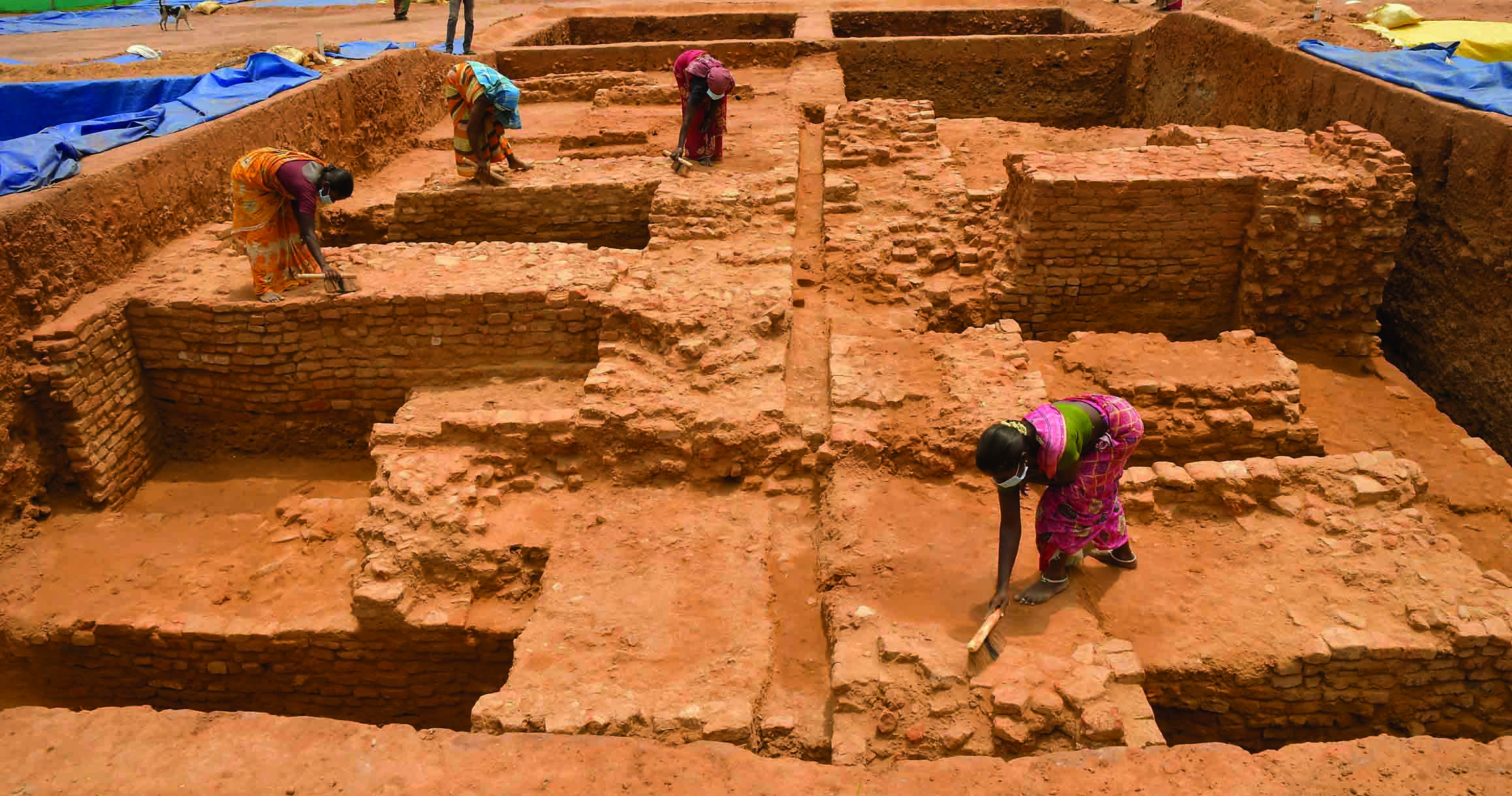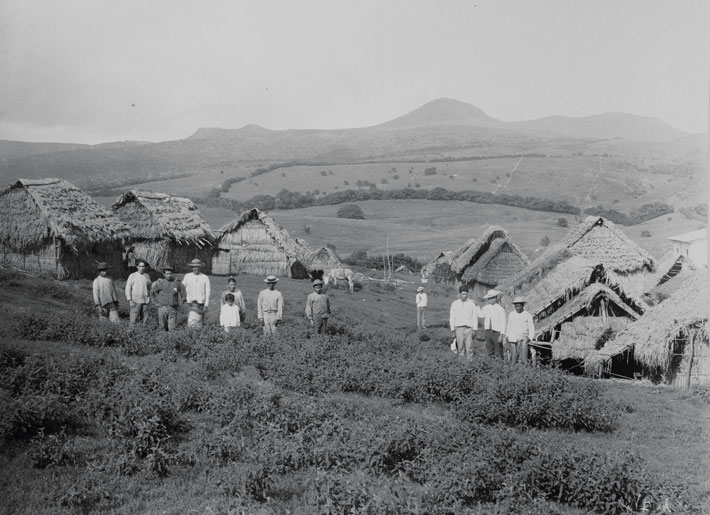
There is perhaps no place on Earth that better symbolizes the majesty of a world unmarred by human encroachment than the Galapagos Islands. The remote archipelago lies along the equator in the eastern Pacific Ocean, more than 600 miles off South America. The islands are relatively recent volcanic formations, the youngest of which, Fernandina, emerged from the seafloor only 700,000 years ago. As a result of an exceptional set of environmental, biological, and geological conditions, the Galapagos are home to a unique ecosystem of flora and fauna, including swimming iguanas, flightless cormorants, and giant tortoises. And, of course, it was a visit to the Galapagos in 1835 by the young British geologist and naturalist Charles Darwin that inspired his groundbreaking book On the Origin of Species, which forever changed not only the scientific world, but the way that humans think about themselves.
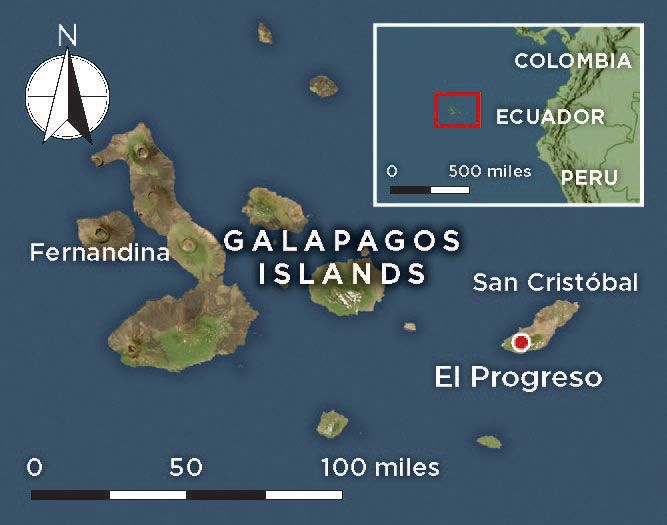
Although the popular perception of the Galapagos is that the islands are one of the world’s last remaining wildlife refuges and have remained free from human interference, the truth is that they have an extensive human history that is often overlooked. They may have been one of the last places on Earth to be colonized by humans, but sailors, whalers, buccaneers, and adventurers have been stopping there for at least the past five centuries. Their impressions have not always been positive. After visiting in the 1840s, novelist Herman Melville wrote that nowhere on the planet was as desolate and uninhabitable as the Encantadas, or Enchanted Isles, as they were known in his day. To him, they were a cursed, godforsaken place located at the edge of the known world, afflicted by never-ending drought and unfit for all except the lizards, snakes, and spiders that scurried along their rocks. Among nineteenth-century sailors, legend held that when wicked sea captains died, they were transformed into giant tortoises and forced to wander the islands’ arid shores as punishment for their sins.
Yet over the past century and a half, humans have at times managed to tame the harsh environment and even thrive. The largest, most ambitious, and most successful early attempt at colonization occurred on the island of San Cristóbal during the late nineteenth century at a place known as Hacienda El Progreso.
Today, El Progreso is a sleepy village nestled in the highlands of San Cristóbal, the Galapagos’ easternmost and fifth-largest island. The small town consists of a few dozen houses, a church, a school, and a community soccer field. It is a place that is both physically and ideologically distant from the crowds of tourists who flock to the Galapagos each year to experience their natural wonders. El Progreso does not get many foreign visitors. It has neither swimming iguanas nor giant tortoises.
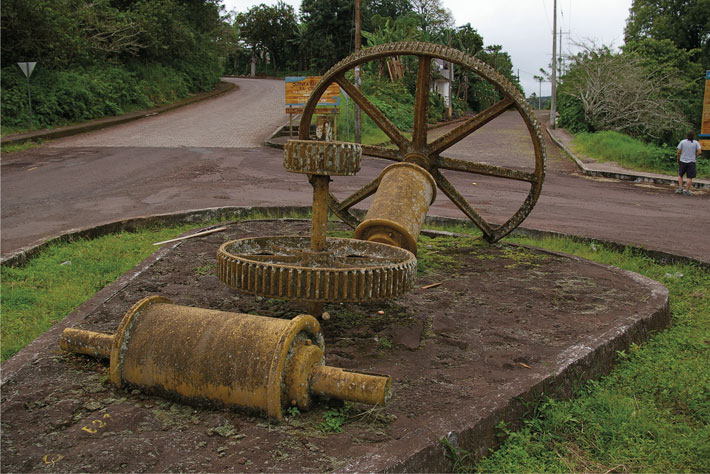
A traffic circle on the outskirts of town is adorned with a seemingly random display of industrial machine parts, including press wheels and rollers. These might seem oddly out of place against the rural backdrop, but for El Progreso’s inhabitants and Galapagos historians, they are reminders that at the turn of the twentieth century, this unassuming village was the hub of human activity in the Galapagos. “It was the center of everything on the Galapagos Islands,” says University of Victoria archaeologist Peter Stahl. “It was the center of population, it was the center of culture, industry, and economy. You could say it was the capital.”
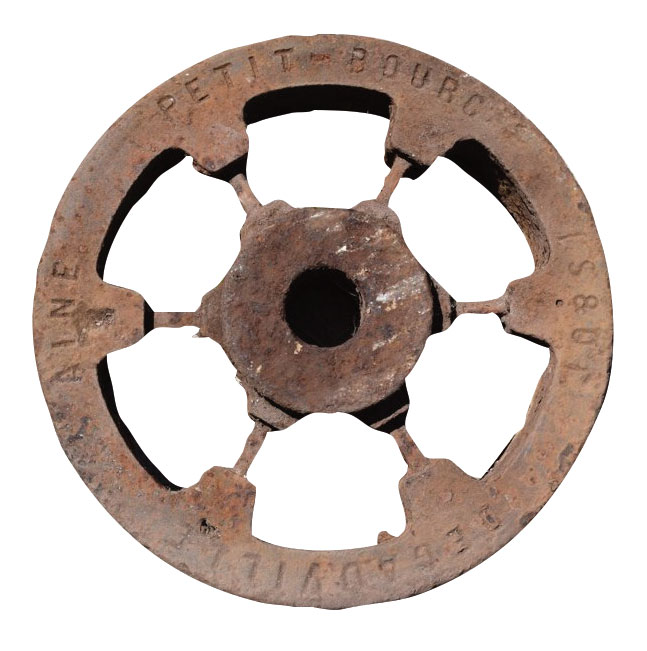
El Progreso was the brainchild of Ecuadorian businessman Manuel J. Cobos, who devised a plan to build an industrial-size sugar mill and cattle ranch in what was not only one of the most remote places on Earth, but one that had been traditionally unwelcoming to human settlement. As the small enterprise grew into one of the largest agro-industrial operations in coastal South America, it drastically transformed San Cristóbal’s natural landscape. But, after a little more than two decades, El Progreso’s booming production began to wane when, in 1904, Cobos was assassinated by his own workers. The mill, plantation, and community gradually fell into decline. The machines rusted or were sold, fields became overgrown, and some of the population moved away. More than a century later, even the memory of this once-thriving place had largely been forgotten by outsiders.
In recent years, El Progreso has been the focus of a wide-ranging archaeological project, one of the few that have ever taken place in the Galapagos Islands. It has brought attention to this pivotal site and to the archipelago’s human past. Upon visiting El Progreso for the first time, project codirector and San Francisco University of Quito archaeologist Florencio Delgado was surprised by the deep human history rooted in the town’s past. “I thought, ‘Wow, this is a whole different story than what I had heard about the Galapagos,’” he says.
Delgado, Stahl, and other archaeologists and specialists began investigating the site, hoping to better understand its past using a modern interdisciplinary approach. They interviewed local residents, examined historical records, mapped and documented surviving nineteenth-century mill infrastructure, excavated various locations around the town, and carried out archaeobotanical and zooarchaeological analysis to determine how significantly the local landscape had been altered. “I thought this would be an extremely good case study of a place that is presented as a pristine ecological and evolutionary throwback that survived untouched in the middle of the eastern Pacific Ocean, but clearly has a long history,” says Stahl.
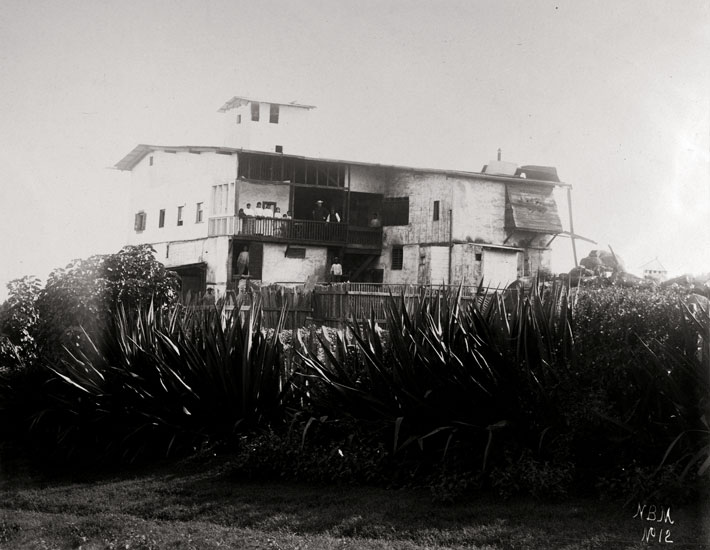
The human history of the Galapagos began in 1535. In that year, the islands were inadvertently discovered by the Spanish bishop of Panama, Tomás de Berlanga, when his ship was swept far off course on a journey to Peru. There has been much debate over the past century about whether pre-Columbian Indigenous peoples of coastal South America visited the islands, and this has been the focus of almost all previous archaeological digs in the Galapagos. Given the lack of evidence, however, most experts now agree that no such journeys occurred. Instead, Berlanga is credited with being the first human visitor to the islands, which he described as a worthless assemblage of volcanic crags unsuitable for agriculture.
By the seventeenth century, the forbidding islands had become the haunt of marauding bands of pirates who used them as a base from which to launch attacks against treasure-laden Spanish ships. They also offered the pirates a safe haven for storing provisions between raids and were a rich source of turtles, seals, and other wildlife that could be hunted for food. A century later, the Galapagos became a strategic location for the southern Pacific whaling industry. The waters of the Galapagos were the seasonal home of large numbers of prized sperm whales and the islands provided whalers and sealers with a convenient spot to careen their ships, make repairs, and acquire provisions.
Until the nineteenth century, the archipelago remained a kind of no-man’s-land and was not considered part of any particular nation. In 1832, the newly independent Republic of Ecuador claimed sovereignty over and officially annexed the islands. During this period, the first attempts at colonization were made, but almost all of them failed, and early settlements in the Galapagos were steeped in chaos. More than one official was murdered, not least because many of the first colonists sent to the Galapagos were mutinous soldiers, political dissidents, and criminals who had been exiled in exchange for commuted sentences. The Ecuadorian government took advantage of the islands’ remoteness to establish a penal colony there in the mid-nineteenth century. “In the same way that the British sent criminals to Australia, or the French sent them to French Guyana, the Ecuadorian government tended to send them to the Galapagos Islands,” says Stahl. Delgado likens the islands to Alcatraz. “It was like a penitentiary,” he says, “and the more dangerous people were supposed to be sent there.”
Against this backdrop, in the 1860s, Cobos embarked on his business venture. He was originally from mainland Ecuador and had gained a reputation among authorities there due to alleged smuggling and shady commercial dealings. Cobos was interested in the island of San Cristóbal because of a type of lichen called orchil that grew there and was used to make a profitable purple dye. The highlands of San Cristóbal were also one of the few places in the Galapagos that had a reliable source of fresh water. Although Cobos himself had fled to Baja California to avoid arrest, he established a small workforce on the island, which he managed from afar, to collect orchil and begin planting a few crops. By 1879, a change in the Ecuadorian government allowed him to return home, but by that point, the global market for plant-based orchil dye had crashed. Cobos refocused his efforts on constructing an industrial-scale sugar plantation. “I think, from an entrepreneurial point of view, he had a dream,” says Delgado.
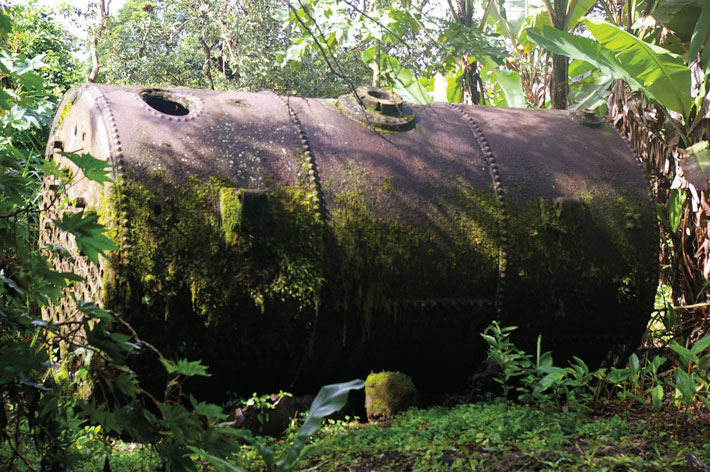
The sparse ruins of Cobos’ headquarters, the hacienda house, sit atop a promontory hovering above the road that leads into El Progreso. This was Cobos’ residence, but was also used as offices, storerooms, a hospital, and a jail. Below the house, to the west, the remnants of the mill’s machinery and infrastructure—iron boiler tanks, stone furnaces and cisterns, and parts of evaporators and combustion chambers—remain scattered and obscured by overgrown vegetation. Some of the equipment is still embossed with the manufacturers’ names and factory locations, indicating they came to El Progreso from thousands of miles away: “The Walsh & Weidner Boiler Co., Chattanooga Tenn USA,” “Geo. L. Squier MFG Co. Manufacturer, Buffalo N.Y. USA,” and “McOnie Harvey & Co., Glasgow.” “Cobos brought in some of the most up-to-date machinery that money could buy at the time,” Stahl says. This was a remarkable feat considering that the Panama Canal had not yet been built—thus, all the heavy machines had to be transported thousands of miles over both land and sea before they ultimately reached their destination at El Progreso, hundreds of miles from the South American coast. “It’s quite an endeavor,” Stahl says.
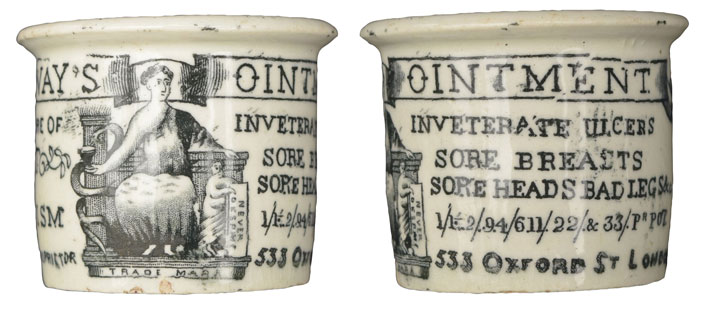
Researchers estimate that at its height, Hacienda El Progreso manufactured between 500 and 900 tons of sugar each year. Alongside the sugar refinery, Cobos installed stills that produced between 5,000 and 6,000 bottles of cane alcohol annually. One of the archaeological project’s main goals was to evaluate to what degree human colonization impacted the Galapagos ecosystem as Cobos and his workforce altered the landscape to serve their own needs and wants. “Human beings are agents of environmental viability,” says Delgado. “They transform, they make it more livable. If we want to really understand how humans transformed an environment, we have to go and dig it up.”
Although the Galapagos have earned a reputation for being an untouched natural preserve where only endemic plants and animals exist, historical records, excavations, and archaeobotanical and zooarchaeological evidence have revealed the presence of a significant population of multiple invasive species at El Progreso. Livestock such as cattle, horses, goats, and pigs were brought to San Cristóbal in huge numbers and gradually pushed out native wildlife. Cattle ranching became extremely lucrative, so thousands of acres of terrain were cleared to create grazing pastures planted with foreign grasses, which replaced native vegetation. Crops were grown for both local consumption and export. Cobos planted an estimated 1,200 acres with coffee, maize, fruit trees, beans, vegetables, and other agricultural products. Three to four miles of channels, canals, and aqueducts brought water to the fields and to the sugar mill, which required a tremendous amount of water to operate. El Progreso eventually grew to more than 7,400 acres and had 60 miles of interconnected roads, dozens of houses, numerous workshops and warehouses, an abattoir, and an ox-drawn 50-car railway that transported crops from the fields to the processing plant and on to the port. In a matter of decades, the highlands of San Cristóbal were utterly transformed. “There is a three-pronged attack on the landscape,” says Stahl, “vegetation clearance, importation of not only domestic plants but also animals, and then the destruction of wild resources through exploitation and habitat alteration.”
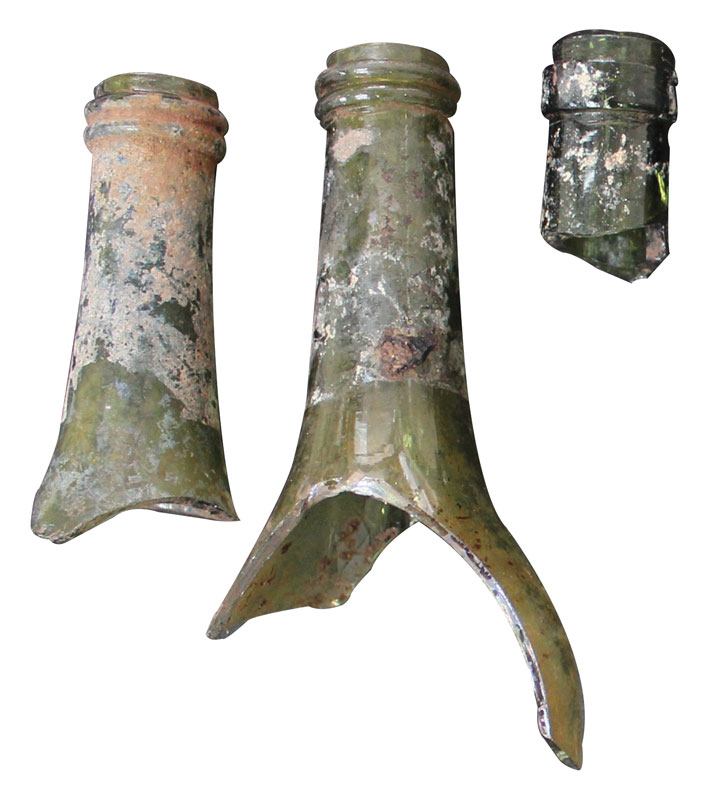
Plants and animals were not the only imports to arrive at the flourishing colony of El Progreso from abroad. The Galapagos have traditionally been characterized by their remoteness, but the more than 7,600 archaeological artifacts recovered tell a much different story. El Progreso and its owner were, in fact, very well connected to the outside world.
The researchers carried out excavations at various sites, including at Cobos’ hacienda house and the plantation workers’ village, but the vast majority of artifacts were recovered from a trash midden that likely contained waste from both the Cobos household and a communal kitchen used by workers. These objects have provided insights into what life was like at El Progreso. It appears that Cobos was obsessed with keeping up with consumer trends in the United States and Europe, and particularly France, a preoccupation that Stahl says was not uncommon among wealthy nineteenth-century South Americans. “Latin American elites were heavily invested in the high culture of France at that time,” he says.
Judging by the objects recovered from the midden, Cobos’ household was well-stocked with European and American products. His tables were set with ceramics manufactured in Staffordshire, England; Bordeaux, France; and Belgium. He drank large quantities of alcohol, including Swiss absinthe, French spirits, and imported beer and wine. His food was dressed and flavored with French-made olive oil and mustard. “He treated himself very well,” says Delgado. Cobos used hygiene and medicinal products that included cherry toothpaste from London, toothbrushes from France, and various foreign cure-alls, including an ointment used to alleviate gout, headaches, and ulcers distributed by Thomas Holloway of London. Cobos’ daughter even had dolls that were likely made in Germany.
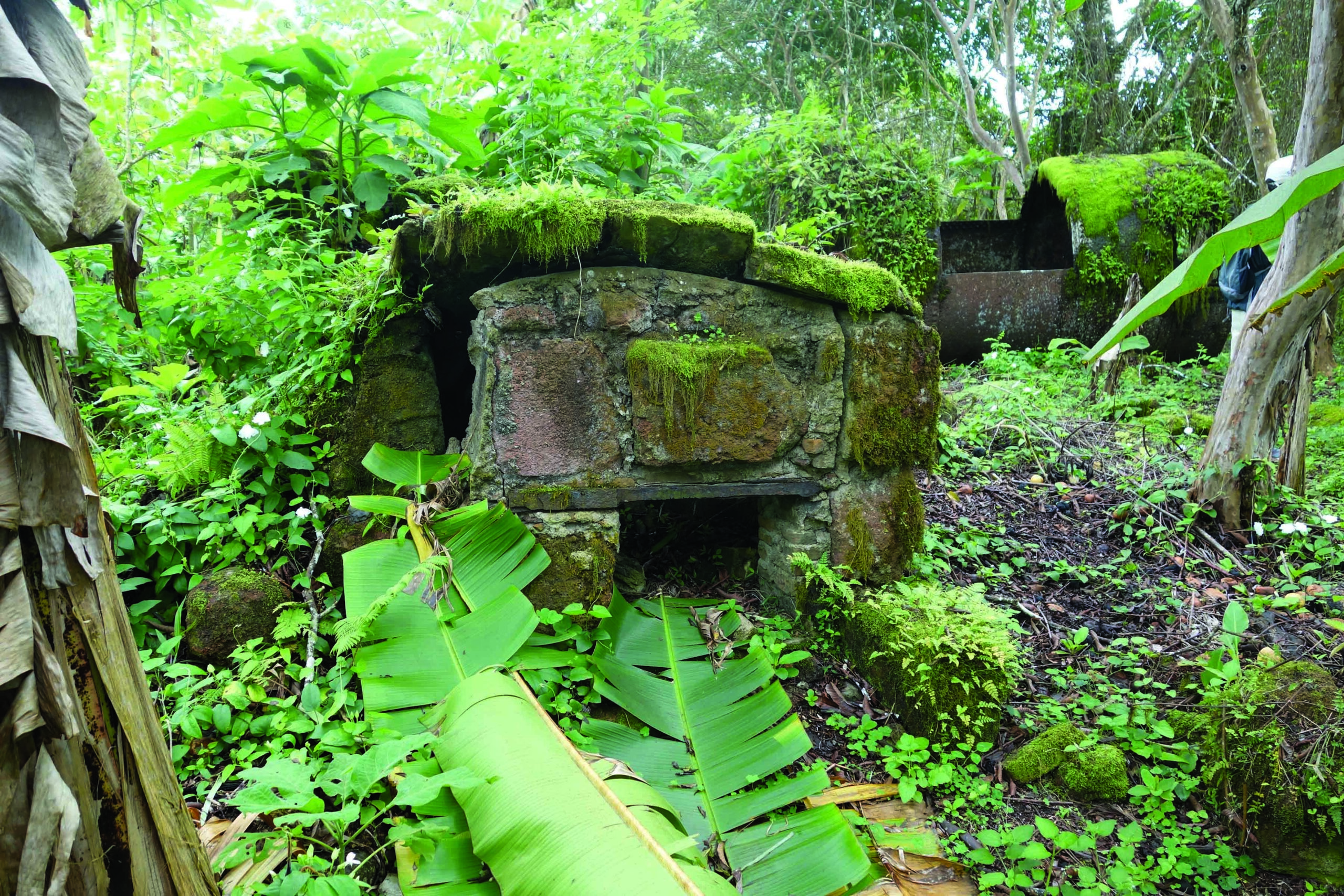
If Cobos was living a comfortable life at El Progreso, his laborers assuredly were not. By the turn of the twentieth century, the number of workers at the plantation had grown from just a dozen men in the 1860s to a population of around 400. The vast majority were men, although records indicate there were small numbers of women and children. Photographs show that the workers’ village consisted of around 60 thatched or crudely constructed wooden huts, none of which remain, located near what is now El Progreso’s central park. Cobos’ workers were mostly exiled criminals, debtors, indentured servants, and poor immigrants drawn to the colony in hope of finding a more prosperous future. Once they arrived, they rarely managed to leave. “They couldn’t go to another island, they couldn’t go back to the mainland,” says Stahl. “They were there for life.”
Life on a sugar plantation was labor-intensive, with long hours and very few days off. At El Progreso, the only holidays were New Year’s Day, Shrove Tuesday, and Cobos’ patron saint’s day. What little pay the workers received was issued in the form of rubber tokens, many of which were found in the excavations, that were only redeemable at company shops and kitchens. “If you wanted to buy things, you had to buy it from Cobos’ supermarket or store,” Delgado says. “He wanted to keep people in debt and make them work.”
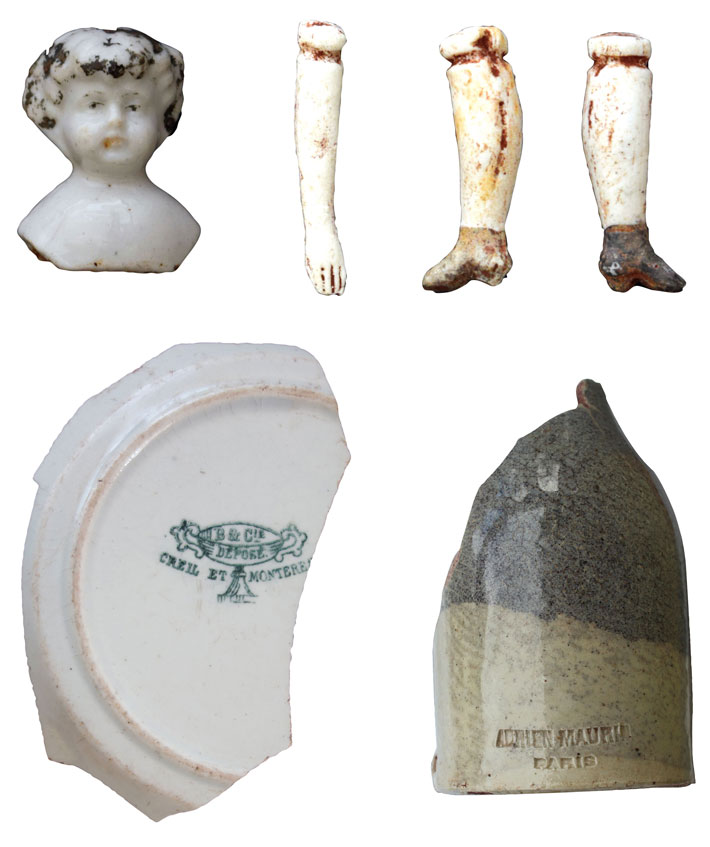
A number of factors contributed to the 1904 uprising that spelled the end for both Cobos and the El Progreso plantation. Principal among them were the harsh working conditions and strict punishments meted out for even slight offenses. Over the past century, Cobos has become a controversial figure, vilified for the way he exerted control over the population of El Progreso. He has even been pejoratively referred to as “emperor” of the Galapagos. However, both Stahl and Delgado suggest that there has been perhaps too much focus on his character and whether he should be considered an inspired visionary or a ruthless despot. “This was the nineteenth century, and we have to think of Cobos as a man of his time,” says Stahl. “We can’t use our standards today to judge whether he was bad, corrupt, or mean, or, for that matter, whether the workers were all criminals or reprobates.” According to Delgado, the project’s directors have made a conscious effort to look beyond the unflattering characterizations of Cobos to examine instead what life was like at El Progreso and the lasting impact the plantation has had on the local landscape. “Before we got there, people saw El Progreso, they saw the mill,” he says, “but I don’t think they had any idea or understanding of what that really meant.”
Many of the inhabitants of El Progreso today are descendants of the workers who once toiled in the fields and sweated over the hot machinery. Some are even related to Cobos himself. Along with the rusted iron equipment and collapsed stone foundations of the mill, these residents are a reminder of an essential episode in the history of the Galapagos Islands and living legacies of past human experiences. Archaeological work at El Progreso has underscored that the Galapagos are not all about wondrous wildlife and unspoiled natural habitats, but are home to an untold human history as well. “People are there, we have been there, and we will be there,” says Delgado. “We need to put humans into that story and not just think about the Galapagos as pristine areas where no one has ever been.”


